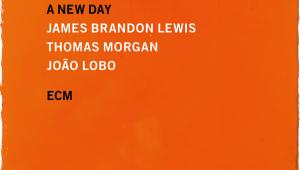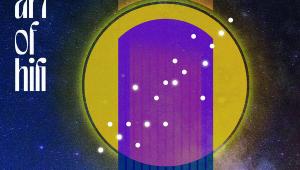Hi-Res Downloads, November 2020

 Minnesota Orch/OSMO vänskä
Minnesota Orch/OSMO vänskä
Mahler: Symphony No 7 (96kHz/24-bit, FLAC)
www.highresaudio.com; BIS BIS2386
Anyone who mentally 'ranks' the completed Mahler Symphonies will probably find this Vänskä recording (the sixth release in his BIS Mahler cycle) prompts a rethink. Engineered to give a wonderful concert hall effect where every detail can be heard and located, this is a uniquely probing interpretation, the huge trenchant opening movement seemingly the reverse coin of the No 6 finale. Perhaps the Scherzo – the one really convincing section in Iván Fischer's Channel Classics version [HFN Jun '20] – is more a rich tapestry of sound, often ghoulishly colourful, than 'shadowy', but it sits well between the two 'Nachtmusik' movements, Mahler introducing mandolin to the second. And in the finale (following on almost attacca) Vänskä brings humour to the writing, ending in that fulsome pealing of bells and abrupt closure. All that Fischer has claimed for this finale you'll find here instead – in spades! CB
Sound Quality: 95%
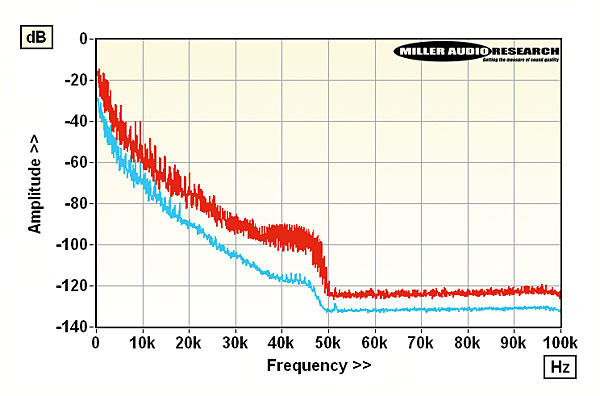
Lab Report
Although the physical release of this 2018 recording includes multichannel SACD, the original format was 96kHz/24-bit, which is what we have here. Dynamic range is excellent and the file free from spurious tones. A good 'un. PM

Mancini, Piazzolla, Gardel, Bacalov Filippo Arlia/Cesare Chiacchiaretta
Non Solo Tango Live (DSD64)
www.nativedsd.com; Fonè SACD214
Recorded at the 2019 jazz festival in the auditorium attached to the Museo Piaggio, this is a really vibrant set of music played by Filippo Arlia on piano and Cesare Chiacchiaretta on bandoneon, captured in front of an audience. And this is truly a live recording, Giulio Cesare Ricci taking the music straight from the Neumann valve microphones to a Pyramix Recorder via analogue-to-digital converters from dCS, and then applying a 'no editing' policy to the whole project, so what you hear is as a direct a transfer as possible. The result is a set of unusual directness and vitality, from the moving music from the film Il Postino opening proceedings to a sparkling performance of Piazzolla's 'Libertango' and an encore of Henry Mancini's Pink Panther theme which is becoming a hallmark of Fonè's recordings. AE
Sound Quality: 90%
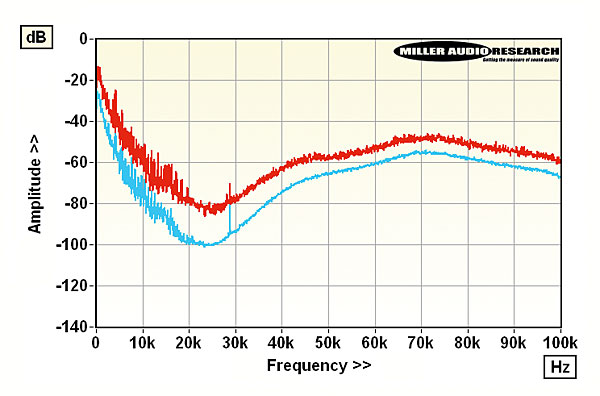
Lab Report
The ultrasonic requantisation noise is unavoidable at DSD64 (though peak at 28.8kHz is spurious) but dynamic range is well used within the audioband, peaks never exceeding –5dBFs. The bandoneon's harmonics reach out beyond 20kHz. PM
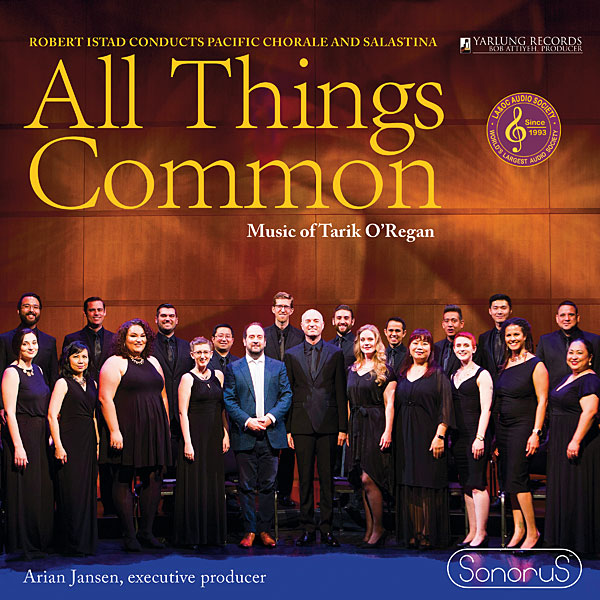
Pacific Chorale/Robert Istad
All Things Common/Music of Tarik O'Regan (DSD64/128/256/512)
www.nativedsd.com; Yarlung Records/SonoruS YAR02592DSD
I'm not familiar with either the composer of the works on this set, London-born Tarik O'Regan, or the Pacific Chorale, based in California, for which he is composer in residence. However, what is clear from this set is that the co-operation of composer and ensemble delivers spectacular results, captured with crystal clarity by producer Bab Attiyeh and fellow recording engineer Arian Jansen of SonoruS Audio. There are strong influences of the British choral tradition in O'Regan's works, along with settings of the likes of DH Lawrence and Edgar Allen Poe, and they're all performed here in truly luminous and vivid sound, with wonderful concert-hall ambience, that's hard to fault. Most striking is the near-15-minute 'Magnificat and Nunc Dimittis' with its multi-layered vocals and plaintive solo cello – it's both dramatic and moving. AE
Sound Quality: 85%
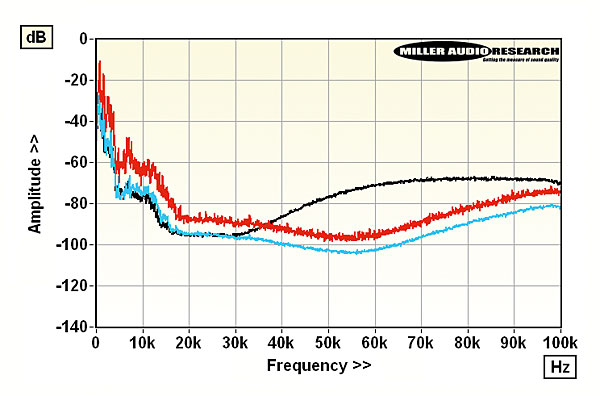
Lab Report
Recorded at a low level (peaks to –7dBFs with an RMS of –25dBFs) the vocal range is accommodated by DSD64 [black trace] so the benefit of DSD128 [see Graph] or '512 will depend as much on your amp's sensitivity to ultrasonic noise. PM

Jos Van Immerseel
Piano works of the young Beethoven (96kHz/24-bit, FLAC)
www.linnrecords.com; Alpha 403535
The Antwerp musician says he was 'flabbergasted' when he switched from playing an 1826 Viennese Graf fortepiano to this copy of a c.1800 Anton Walter five-octave instrument. For the music here he says it made a huge difference stepping back in time, as it were, during a critical era in development of the piano. He performs the Sonatas Nos 5, 7-10, 14, 15 and 18, the Op.26 Funeral March, two Rondos – one the famous 'Rage over a lost Penny' – and the Andante favori. In particular the Pathétique and 'Moonlight' were somehow 'distorted' with the later Conrad Graf, he says. The 'Moonlight' sounds very beautiful, and conditioned as we are by Steinway Beethoven, there's no barrier to enjoyment of his Kempff-like playing. Op.31:3 makes a great contrast with Staier [HFN Jul '20] but the finale is hardly Presto con fuoco. CB
Sound Quality: 85%
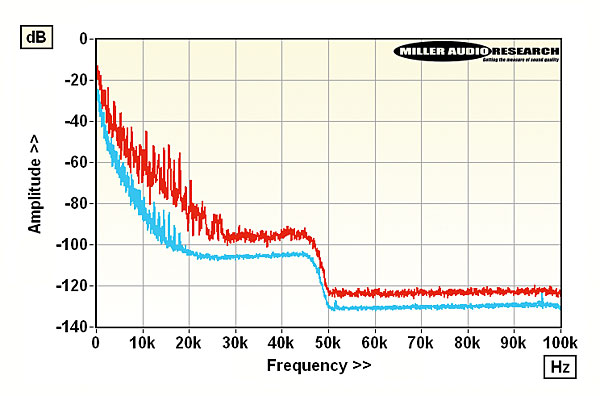
Lab Report
This genuine 96kHz rendering possesses more than adequate bandwidth to capture the extended harmonics of this special fortepiano – its 'frequency response' roughly double that we see from typical piano recordings. PM
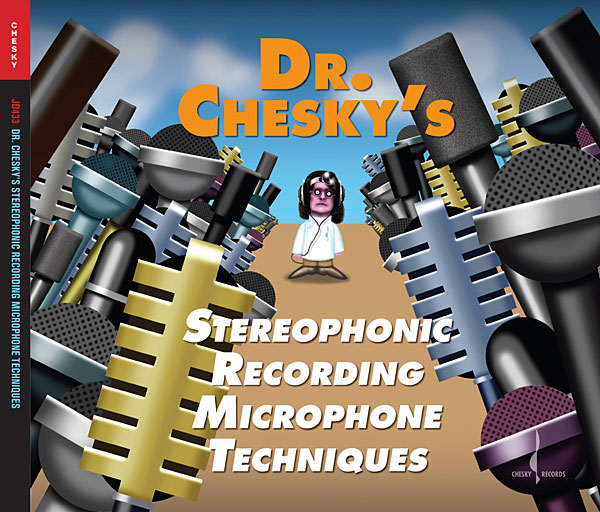
Dr Chesky
Stereophonic Recording Microphone Techniques (192kHz/24-bit, AIFF/WAV)
www.hdtracks.com; Chesky JD433
You know how sometimes you stumble out of a hi-fi show muttering about a track you never want to hear again? Well, here's your chance to have the same effect in just one listening session, courtesy of this Chesky album. As the title suggests, it explores the effect on the sound of a recording of different microphone types and placement. To do this, we have the same track – the folk song 'Wayfaring Stranger' – recorded no fewer than 28 times with single microphones, pairs of microphones, multiple microphones and even a binaural dummy head. It's an interesting academic exercise – the recording of the main event, and the six bonus tracks thrown in at the end are exemplary, but by the time you have heard the track 28 times, it'll be doing your head in – and that's without any aid from the binaural dummy. AE
Sound Quality: 85%
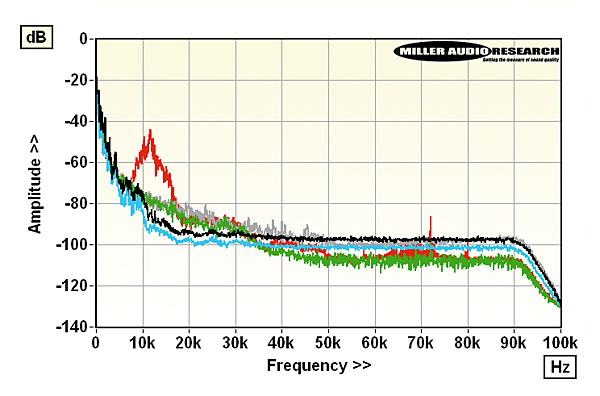
Lab Report
There are significant differences in the spectral bandwidth and dynamic range of the 28 permutations. Illustrated here: Blumlein stereo [black]; Blumlein ribbon [cyan]; wide omni [green]; w/tube pre [grey]; binaural dummy head [red]. PM









